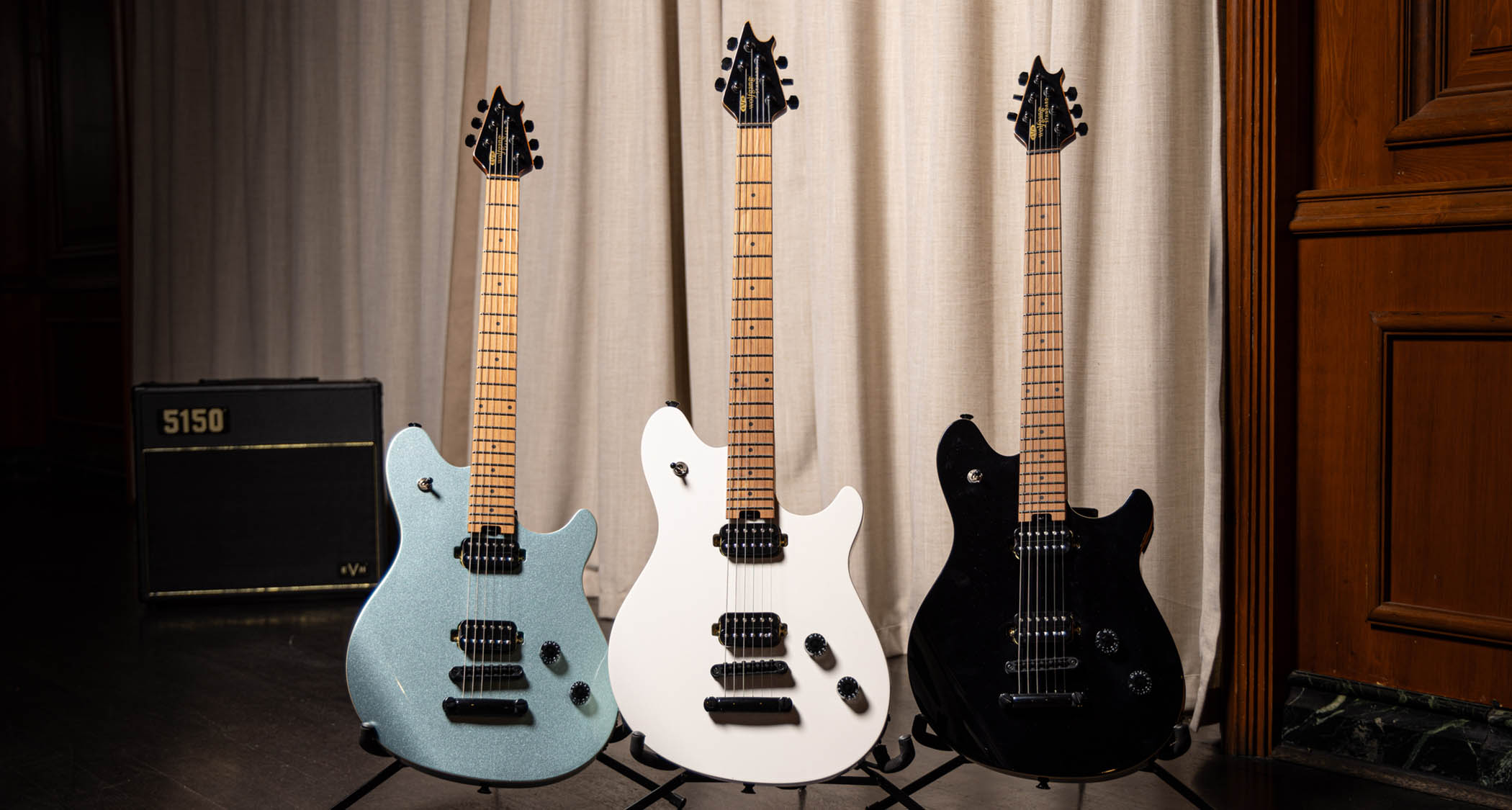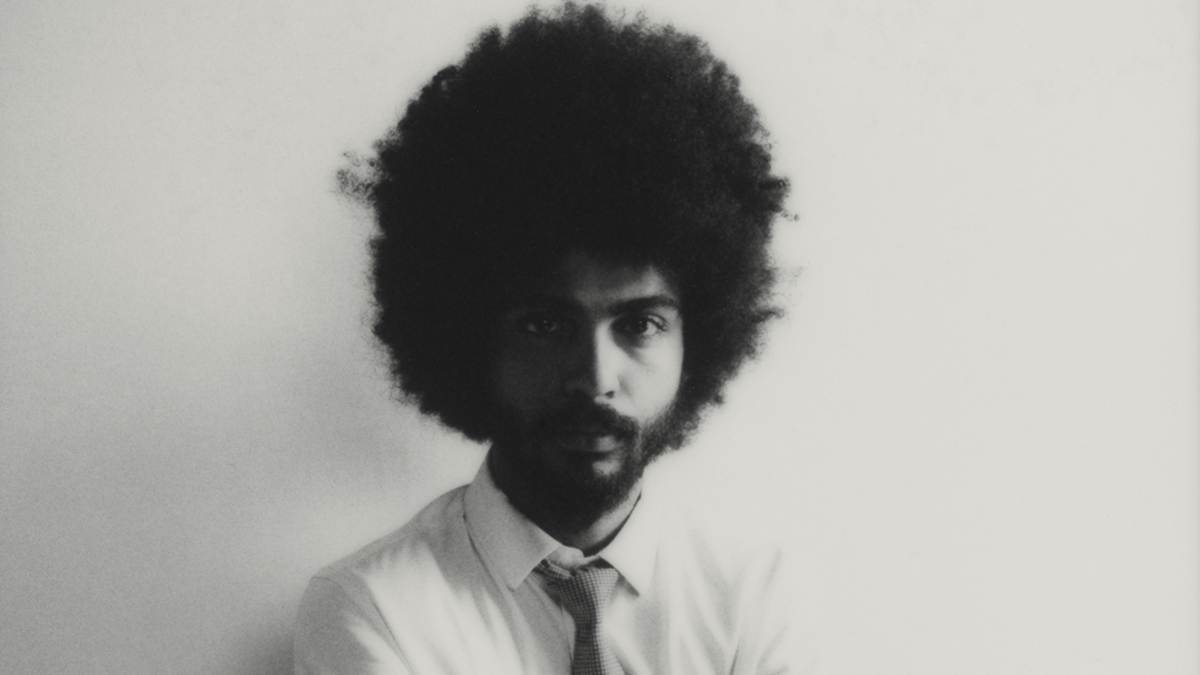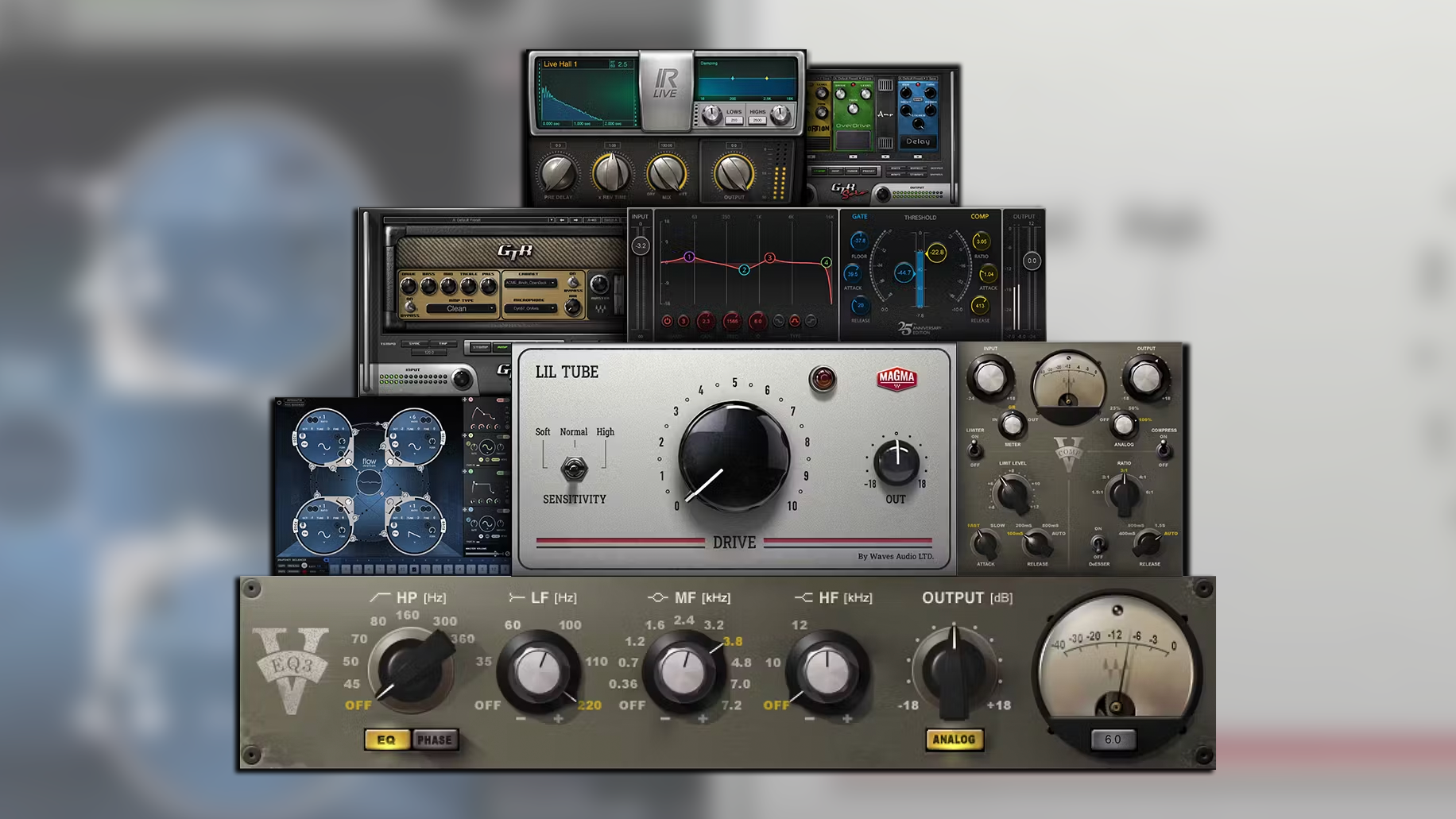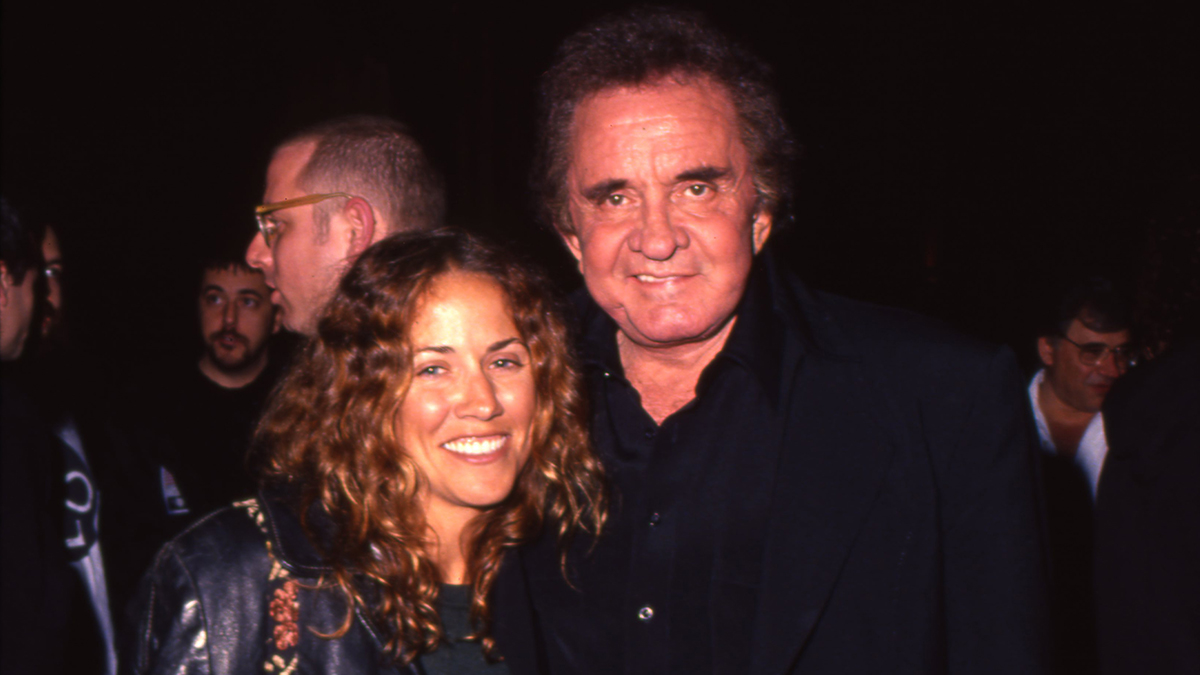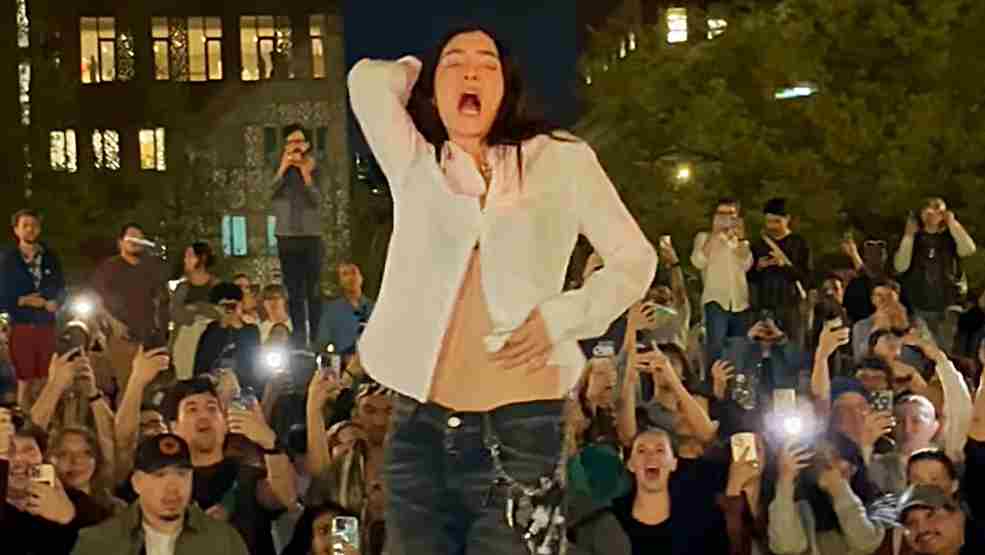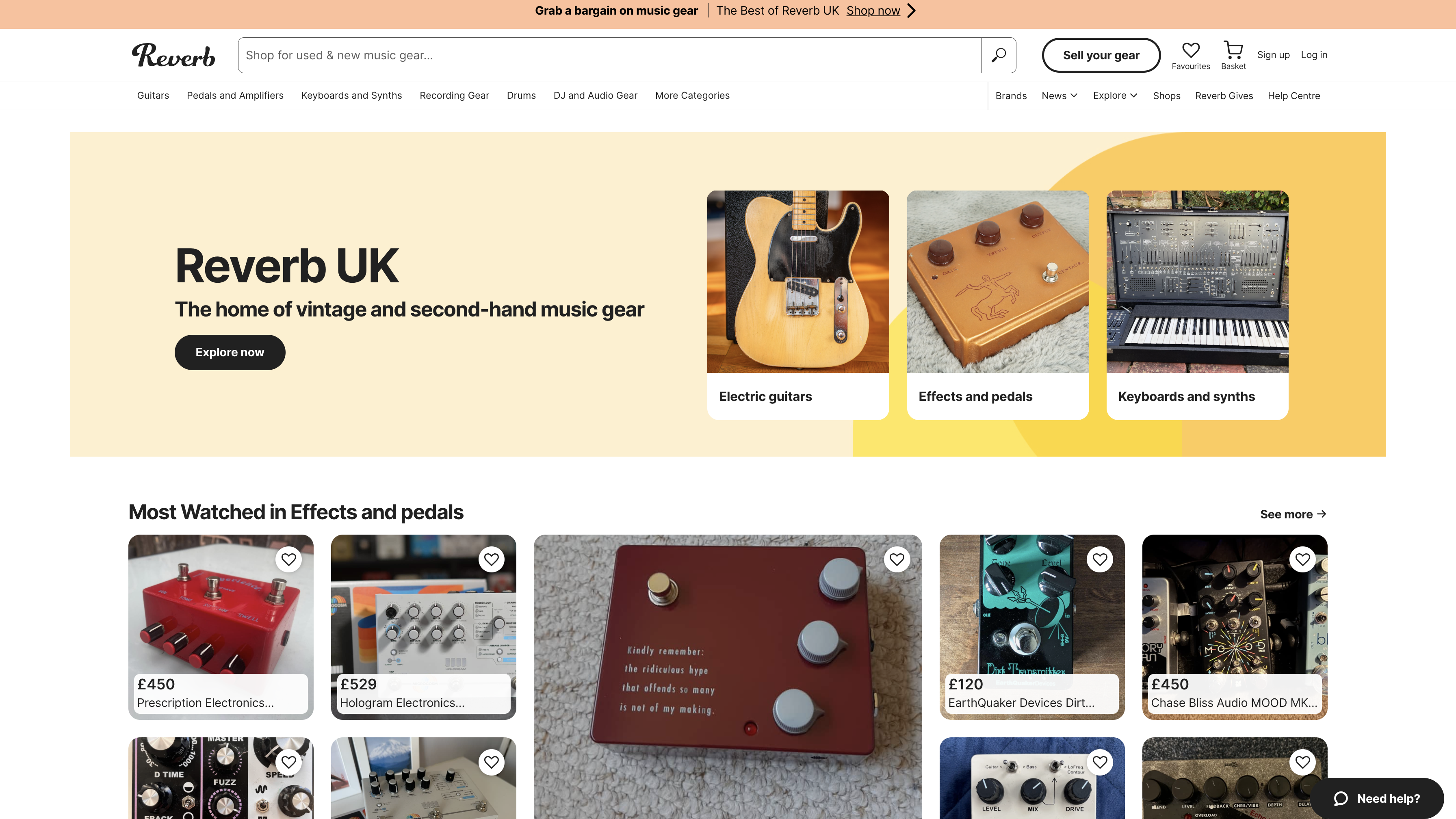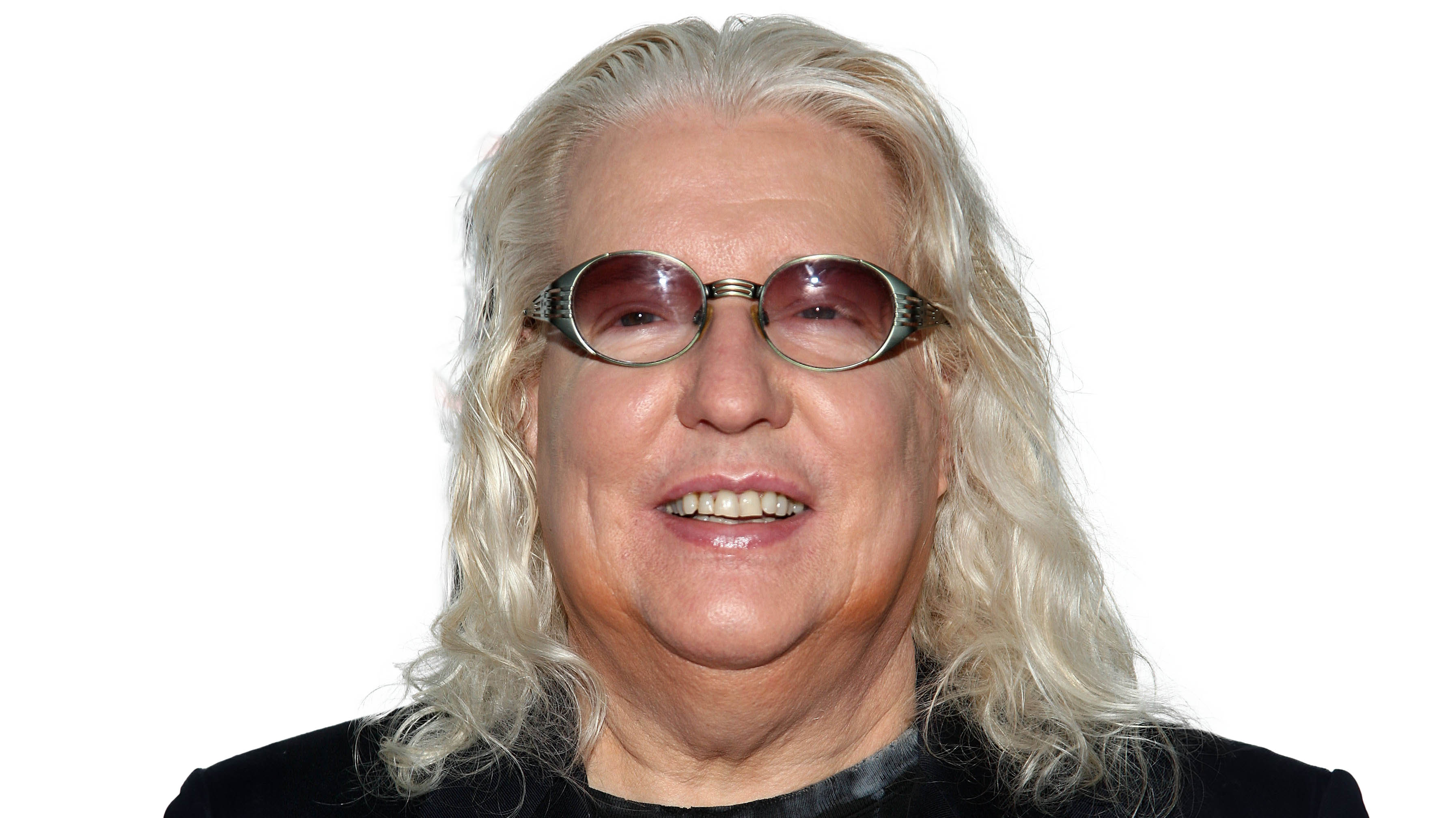Samantha Fish: “Not every song needs a solo. Most songs don’t”
In conversation with the rising US blues guitar star
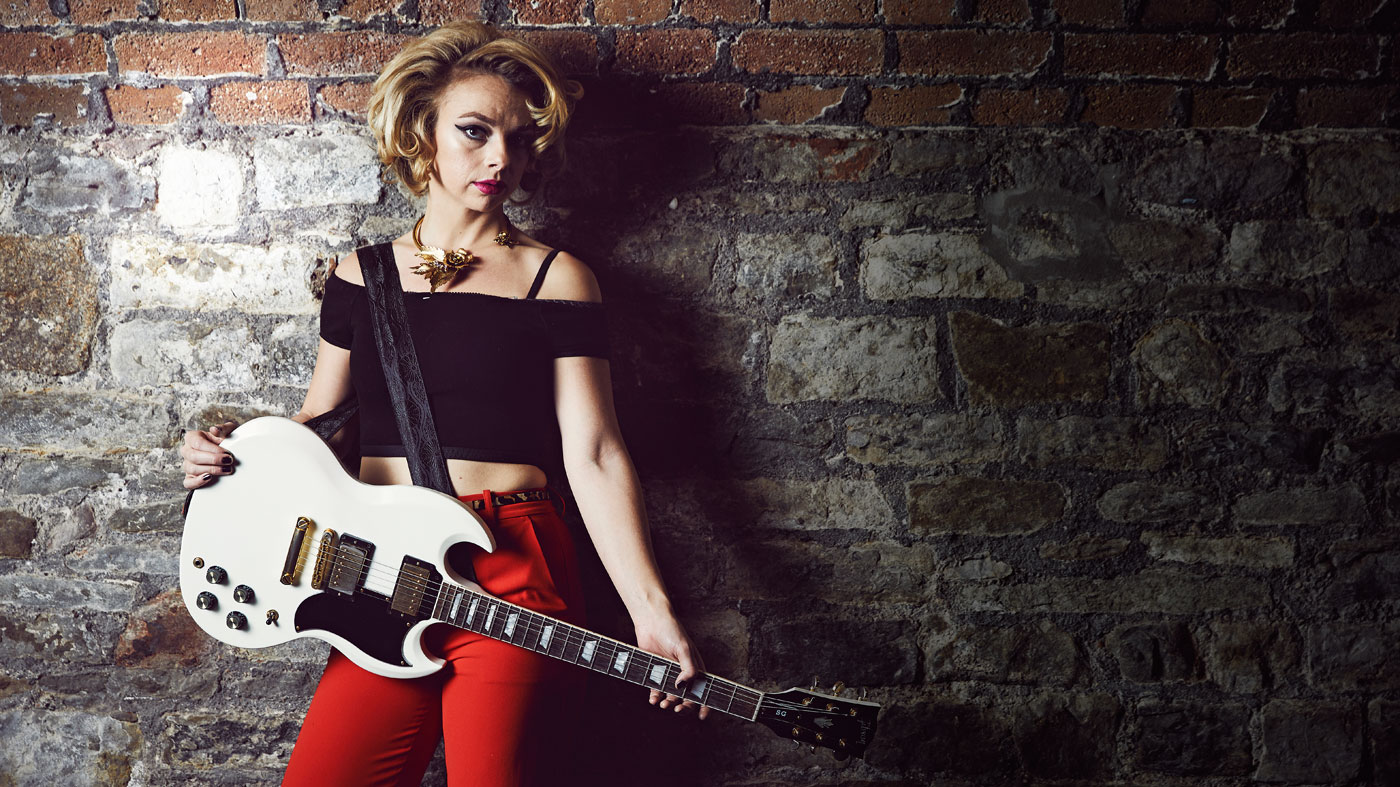
After a year that saw her release two very different standout albums, Samantha Fish is making her claim as the next star of the blues. We caught up with her on the road to talk tone, the spell of North Mississippi music and the power of collaborating.
If you want to make it as a musician these days, you can’t stop for long. Still, we were very surprised when a second new album from Kansas City blueswoman Samantha Fish landed on our desk in the space of eight months.
She had somehow found time to pause between tours and follow-up her album of old 60s rhythm and blues songs on Chills And Fever with an Americana-flavoured collection of her own compositions in Belle Of The West.
But her ambition has paid off; Samantha Fish is on a roll because both are very different and very good. We had to find out more. And when we meet the 28-year-old in Bristol hours before a gig, Samantha graciously misses most of her own soundcheck to talk to us about her story so far, and show us the gear she uses to deliver these albums live in Europe.
How did you end up releasing two such different albums last year?
We had two records and it felt ambitious but the record industry has changed so much, it’s a creative time
“When we recorded Chills & Fever, it was time to do a bigger band. That’s what I wanted to do, I’ve always wanted to expand my band. So Chills & Fever was a really great opportunity and I met this producer named Bobby Harlow. We talked about focussing on strong suites, and he always felt that with the blues rock trio format my voice didn’t shine like…
“I avoided the soul influence when it came to putting it into recordings up to that point because I felt I didn’t have the instrumentation to pull it off. But I’d also written all these songs and it was a different vibe; the Americana, north Mississippi thing. So we had two records and it felt ambitious but the record industry has changed so much, it’s a creative time for me. So I figure if you’ve got it, do it. And people seem to be responding well to both because they’re really different styles.”
Get the MusicRadar Newsletter
Want all the hottest music and gear news, reviews, deals, features and more, direct to your inbox? Sign up here.
Chills & Fever is you reinterpreting 60s rhythm and blues tracks, what did you learn from finding songs to cover and putting your own stamp on them?
“It was a really different kind of challenge. And I don’t think this whole idea would have worked if I’d had two albums of songs that I’d written. With Chills & Fever, we were looking for songs that weren’t hits but sounded like they were hits. Because there were so many great soul songs back then that never quite made it big on the radio for whatever reason. So finding these songs that had hooks and a classic feel, but then trying to do them justice.
“It’s kind of a weird line with covers, because you want to put your personality into it and you want to put your own stamp on it but you also want to respect the original version. So finding that line where you can go off and say, ‘Here’s Samantha’ but also paying tribute to Bettye LaVette, Barbara Lewis and Betty Harris is very important.”
Guitar break
You’ve got the bigger band with horns playing tonight, how has that affected your approach to the guitar?
“I play more well thought-out rhythms. With all that extra space being taken up, I can kind of take my hands off the guitar for a second and sing a little more. But the parts I do come up with are better thought out, whereas before in my trio I was trying to fill out as much space as possible because I was the only instrument up there, besides bass guitar on the melodic side. But I’m still playing as much guitar when it comes down to it with the solos - I’m soloing on pretty much every song [live].”
I wanted to make a whole record where we were all in the room together because the vibe was just so perfect
How did that contrast with the more roots-based, Americana approach on Belle Of The West?
“I feel like Belle Of The West is a direct move from the Wild Heart record I did with [former Black Crowes guitarist, North Mississippi Allstars] Luther Dickinson in 2015. It was a pilgrimage; we went from Shreveport to north Mississippi to Memphis to record and mix. We went to his studio in north Mississippi to record a couple of tracks: Junior Kimbrough’s I’m In Love With You and Jim Lee Blues by Charley Patton.
“When I was in the studio we had me, Luther and Lightnin’ Malcolm playing mandolin and Shardé [Thomas] playing drums and it was just so cool because we were all in the room together. So I wanted to make a whole record like that because the vibe was just so perfect.
“As far as the guitar instrumentation, [Belle Of The West] is such a collaborative record. Everyone’s parts mix in and out of each other. To me it’s got this dreamy soundscape. So it is a different approach to guitar playing, it’s a little more interactive with the other band members. It’s not so much, ‘Here’s my ripping lead guitar solo.’ There was a lot of intermingling with the fi fe and the violin, playing off of each other. I thought that was really cool.”
With some modern blues there can be a tendency to have that big guitar break as a centrepiece of a song. It feels like you’re moving away from that mindset.
“I’ve made records like that. It’s up to the artist at that point; if you feel the best way to express yourself is through a killer guitar solo, by all means make a record like that. I just wanted to say something a little different.
“And, honestly, for Chills & Fever and Belle Of The West I had the same approach with the guitar soloing: that if the song doesn’t call for it, not every song needs a solo. Most songs don’t. There were some songs like Cowtown and Don’t Say You Love Me that have some really ripping lead guitar solos on. We plugged into the amps. We said we weren’t going to do it when we walked in but we did it [laughs]. And I’m glad we did, because it’s what the song called for.”

Go-slow
What’s it like to work with a producer who is also a guitarist? As well as Luther Dickinson, you’ve done it before with Mike Vito.
“When I first went into the studio with Mike, I was just a kid. I’m still just a kid but then I didn’t know how to get a good tone, I was terrified. And so it was nice to have somebody kind of guide me on that front.
“What I really learned from Luther, because I was playing a lot of notes, show-off-y and flashy shit, Luther said, ‘Play melodic. If you can’t sing the line it’s not going to connect. People want to be able to have a melody they can sing to and a great hook.’ He’s totally right because when I slowed down and approached the guitar that way it felt like I wasn’t doing enough - that was my feeling in the studio. But when you listen back it makes sense and it’s perfect for the song.
Keeping that internal clock and timing is tough so I think everyone could benefit from a few drum lessons
“It’s great working with guys who are better at what they do than I am. They’re amazing guitar players and their approach to music is really melodic. Luther’s a master, and he pulled out the lap steel too. He’s an emotive player. I can’t say enough good things about him. I’m a fan of his.”
That awareness of knowing when to play less is kind of the difference between being a musician and just a guitarist. Do you feel it’s benefitted your whole approach as a songwriter?
“Definitely, because it’s taking a step back and looking at the picture as a whole. I think that sometimes when you get really focussed on your instrument you’re not stepping back and hearing the entire finished product. Or at least, in my case. It’s changed my approach to songwriting and how I feel about melody, what appeals to me and applying that to a song so it can appeal to other people. Trying to keep those lessons in mind when you’re writing.”
You started off as a drummer. Do you think that grounding has benefitted your guitar playing and singing?
“I started playing drums at 13 and I didn’t pick up the guitar until 15. I didn’t start singing until 15 either; I literally started doing both of those things at the same time. And I think without the drumming background it would have taken me a really long time. The faculty of guitar is difficult in itself, but just keeping that internal clock and timing is tough so I think everyone could benefit from a few drum lessons. As long as you’re not going to tell the drummer what to do on stage! It just helps with your meter and taking breaths.”
Raw blues
Were you already attracted to the blues when you picked up the guitar or did rock come first?
“I was a rock ’n’ roll kid but I listened to everything growing up, and everything my parents listened to, I had a great musical upbringing. My folks listened to really wonderful music, aside from all the old school cock rock from the 80s. They were listening to that but also my favourite bands - The Rolling Stones and Tom Petty And The Heartbreakers.
“Those were early influences. But also Americana and West Coast swing, country and bluegrass and jazz. So when I got all this stuff and went backwards, finding out who those musicians liked, who influenced their guitar playing, it was all blues. I found myself really connecting to that.”
There’s a lot of reasons to like north Mississippi music, that’s what made me fall in love with blues music the most
You’ve covered RL Burnside on the new album, and Junior Kimbro in the past, was that the side of the blues you were drawn to most?
“I was a huge fan of the entire Fat Possum roster for years. When I discovered the north Mississippi sounds, I think that’s what really drew me to Luther as a producer because he’s carrying that torch. There’s something about that kind of music, because it’s got a carefree rock ’n’ roll, almost punk approach. It’s just so raw and aggressive. And it’s focussed on the drums too. It’s all about the drums because of dancing and connecting in that way.
“There’s a lot of reasons to like north Mississippi music, that’s what made me fall in love with blues music the most. And that’s nothing to do with guitar soloing, that’s what Luther is talking about; the melody, the groove and it comes back to this trancy hook. And Jack White, Dan Auerbach and all those cats are so influenced by that style. I’m a fan of them too.”
How are the European blues crowds responding to the newer Americana material so far?
“I didn’t know how the Americana stuff would go over, and not in UK specifically but we tour in a lot of countries so if you’re singing a song that’s really lyrical you wonder, ‘Is it translating? Is it hitting the mark?’ But so far I feel that both albums have gone over really well over here.
“When I first started coming to Europe I felt that the audiences really appreciated it more, but that was before we started having such a good following in the States. Now we go over there, we come here and I really feel that’s the connecting thing for everybody in the world; music is our universal language. I’m starting to see people responding the same just as much over there as over there and it’s a beautiful thing.”
Fish on ’Board
Samantha guides us through the highlights of her rig

Gibson SG
“I’ve had it about a year. Angus Young is my guitar hero. I always wanted an SG, it was like a guilty pleasure and Eric Trucks makes them sound so sweet. It’s one of those classic badass guitars. It’s like putting on a Flying V. The Jaguar and the SG are the first time I ever got guitars delivered without playing them first. I got them from reverb.com because the guitar shops are harder to find now. You can go to Guitar Center but they might have to order them in. I was chewing my fingers off waiting for them to arrive, but somehow I got lucky.”
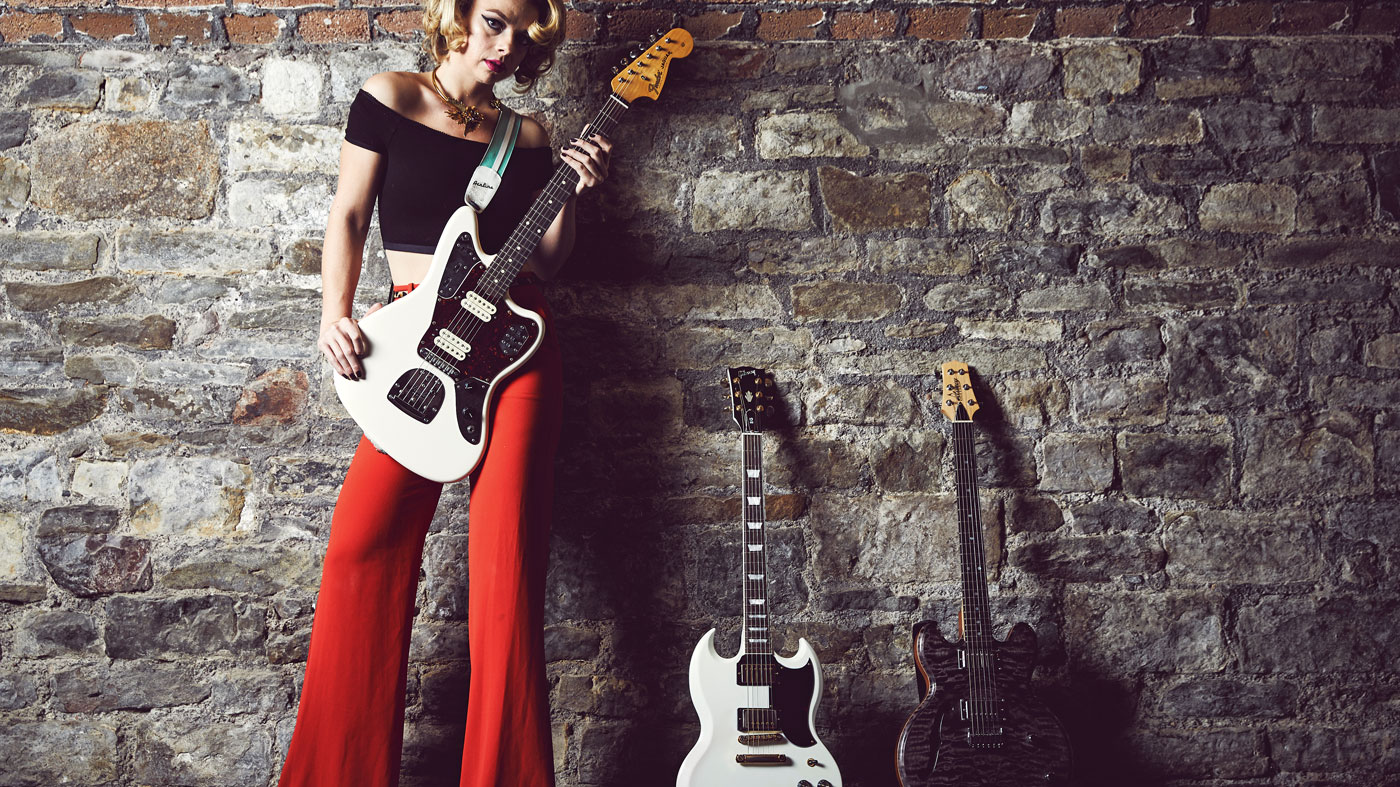
Fender Jaguar
“I never thought I’d have a Jaguar. Of course, when I bought it I was thinking, ‘Kurt Cobain, I’m gonna rock this thing,’ but that’s a different guitar, this one definitely has a different sound and I have a lighter approach with it. I use it on really pretty songs like Hello Stranger and the Betty LaVette song when I’m getting a lot of slapback on my delay.”
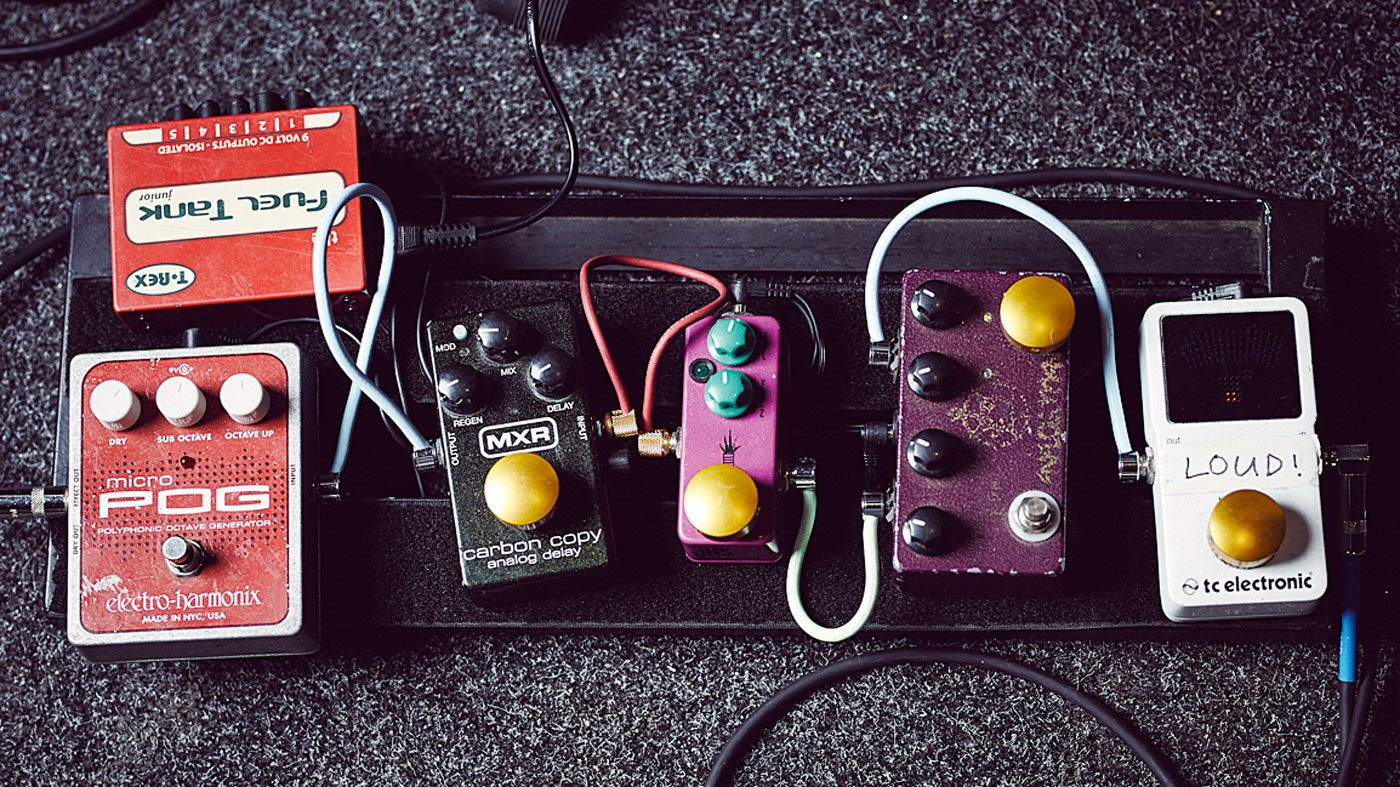
Pedalboard
“The gold controls are called Barefoot Buttons. I used to play barefoot a lot. I’d go to step on the button right at the perfect moment and my toes would go through it! I’ve got a [JHS] Mini Foot Fuzz - that’s beefy and mean. The Analogman King Of Tone is probably my favourite pedal ever. It’s one of the old school ones - Mike Zito gave it to me and Albert Castillo gave it to him. If you’re playing a festival with backline you’re not familiar with and you want a backline and something that sounds like a tube amp that’s been warmed up and ready to go, that’s that pedal.
“The Pog is crazy - I use it for the octave for weird parts. I’ve been having fun with pedals for the first time in my musical career. I remember when I was 19 I would use my wah pedal as like a gain boost just because I needed a little extra boost on the solo. I realised I was using them for the wrong reasons so I got rid of them because I wanted to get the tone out of my fingers.”
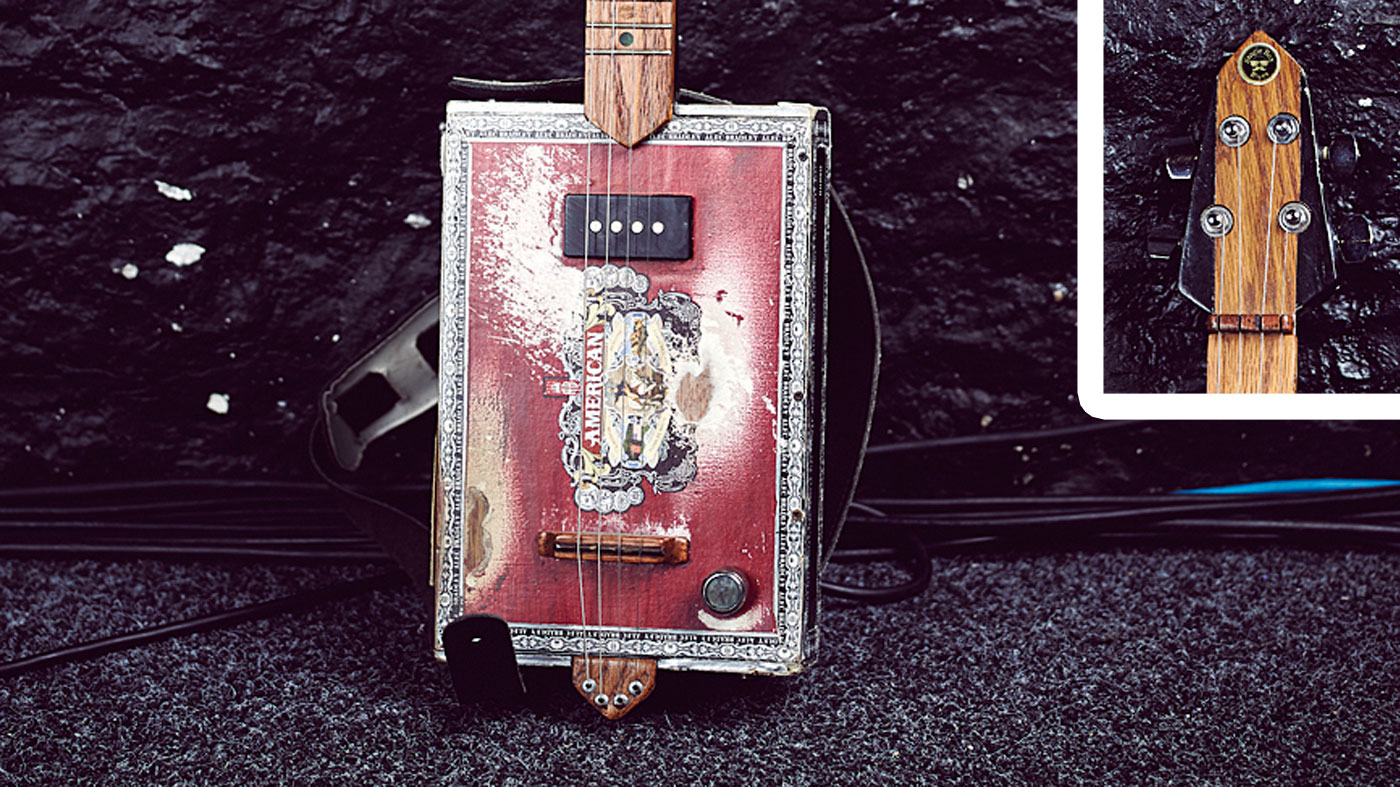
Cigar box guitar
“When I was 17 years old, I went to the King Biscuit Blues Festival; it’s down in the south about 40 miles from Clarksdale. They’ve got a main stage but they’ve also got this midway where they’ve got all these street performers hanging out. And I saw a few really incredible guys playing these wacky guitars and they sounded so cool. Some people are disappointed if I don’t play it. The P-Bass pickup just sounds good and I’m in open G. I’ve had so many wonderful people bring them to me at shows. I’ve got a house full of cigarbox guitars. But this is first one and it’s my favourite. I can’t really replace it.”
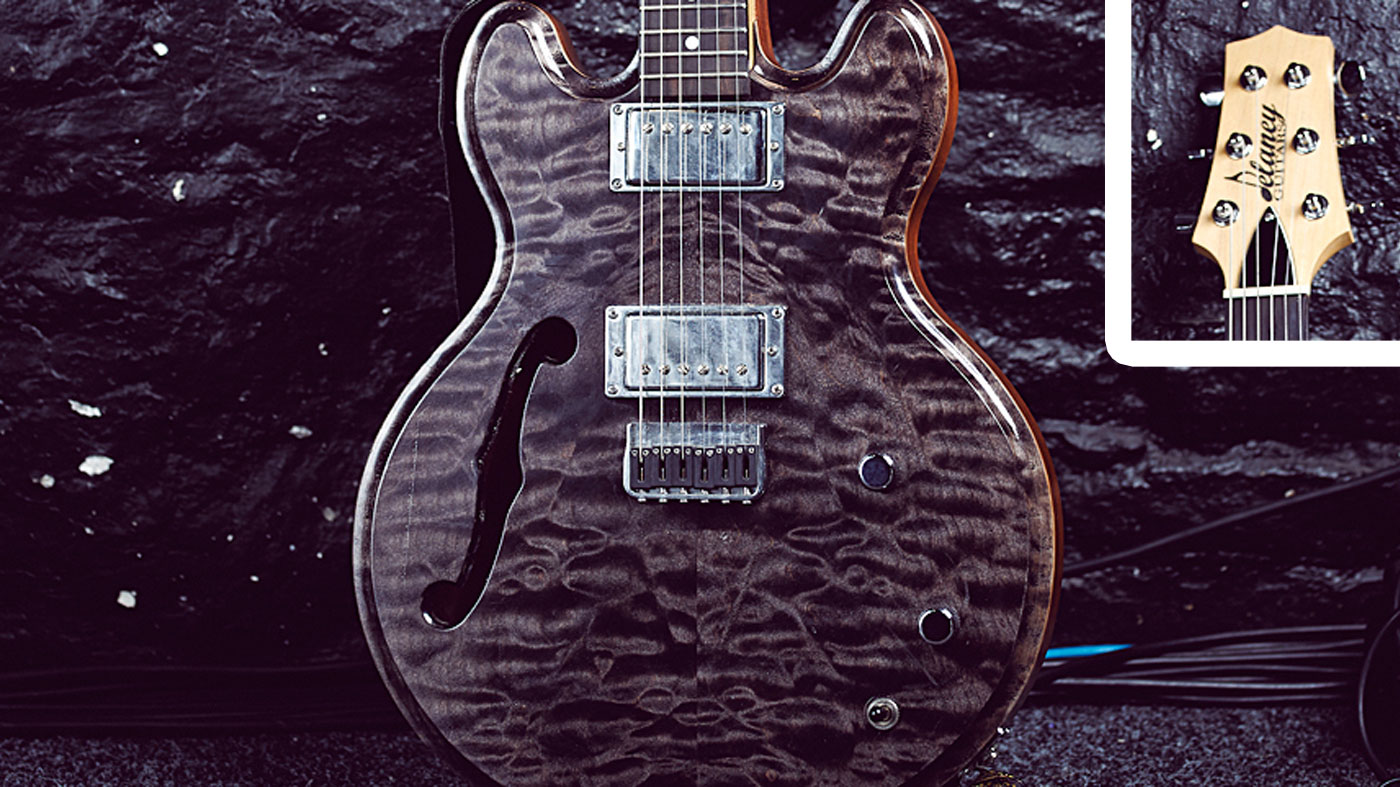
Delaney Semi Hollow Custom
“[Mike Delaney] builds phenomenal instruments. Luther had all these beautiful 335s and 339s in the studio and it was kind of keeping in the acoustic theme with a semi-hollow or full-on hollowbody for the leads. It has that earthy tone and you can get it to feedback on certain notes, and get psychedelic if you want. It’s got the Amalfitano humbuckers and it just screams.”

Rob is the Reviews Editor for GuitarWorld.com and MusicRadar guitars, so spends most of his waking hours (and beyond) thinking about and trying the latest gear while making sure our reviews team is giving you thorough and honest tests of it. He's worked for guitar mags and sites as a writer and editor for nearly 20 years but still winces at the thought of restringing anything with a Floyd Rose.
"At first the tension was unbelievable. Johnny was really cold, Dee Dee was OK but Joey was a sweetheart": The story of the Ramones' recording of Baby I Love You
"Reggae is more freeform than the blues. But more important, reggae is for everyone": Bob Marley and the Wailers' Catch a Fire, track-by-track


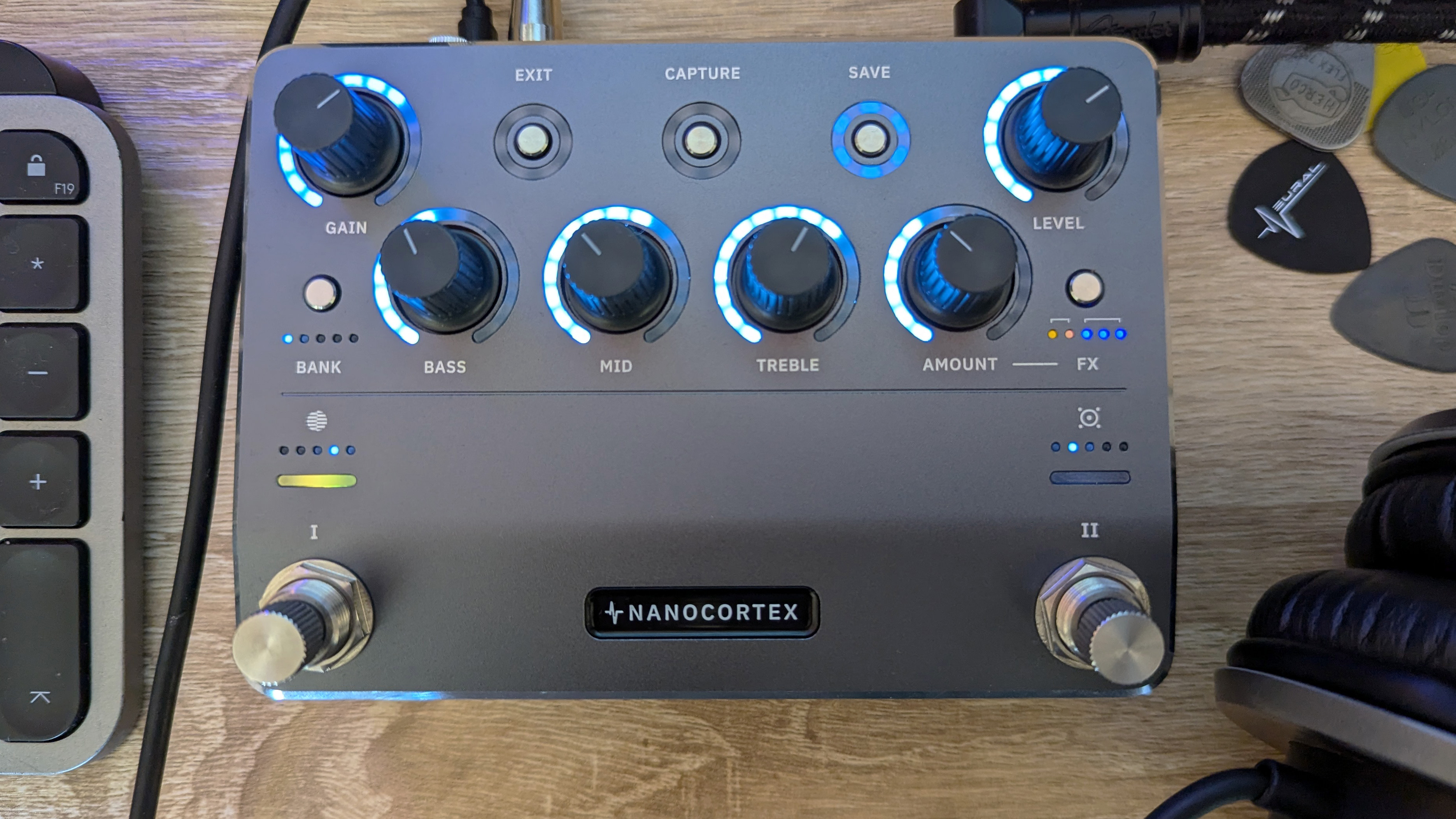
![Gretsch Limited Edition Paisley Penguin [left] and Honey Dipper Resonator: the Penguin dresses the famous singlecut in gold sparkle with a Paisley Pattern graphic, while the 99 per cent aluminium Honey Dipper makes a welcome return to the lineup.](https://cdn.mos.cms.futurecdn.net/BgZycMYFMAgTErT4DdsgbG.jpg)
